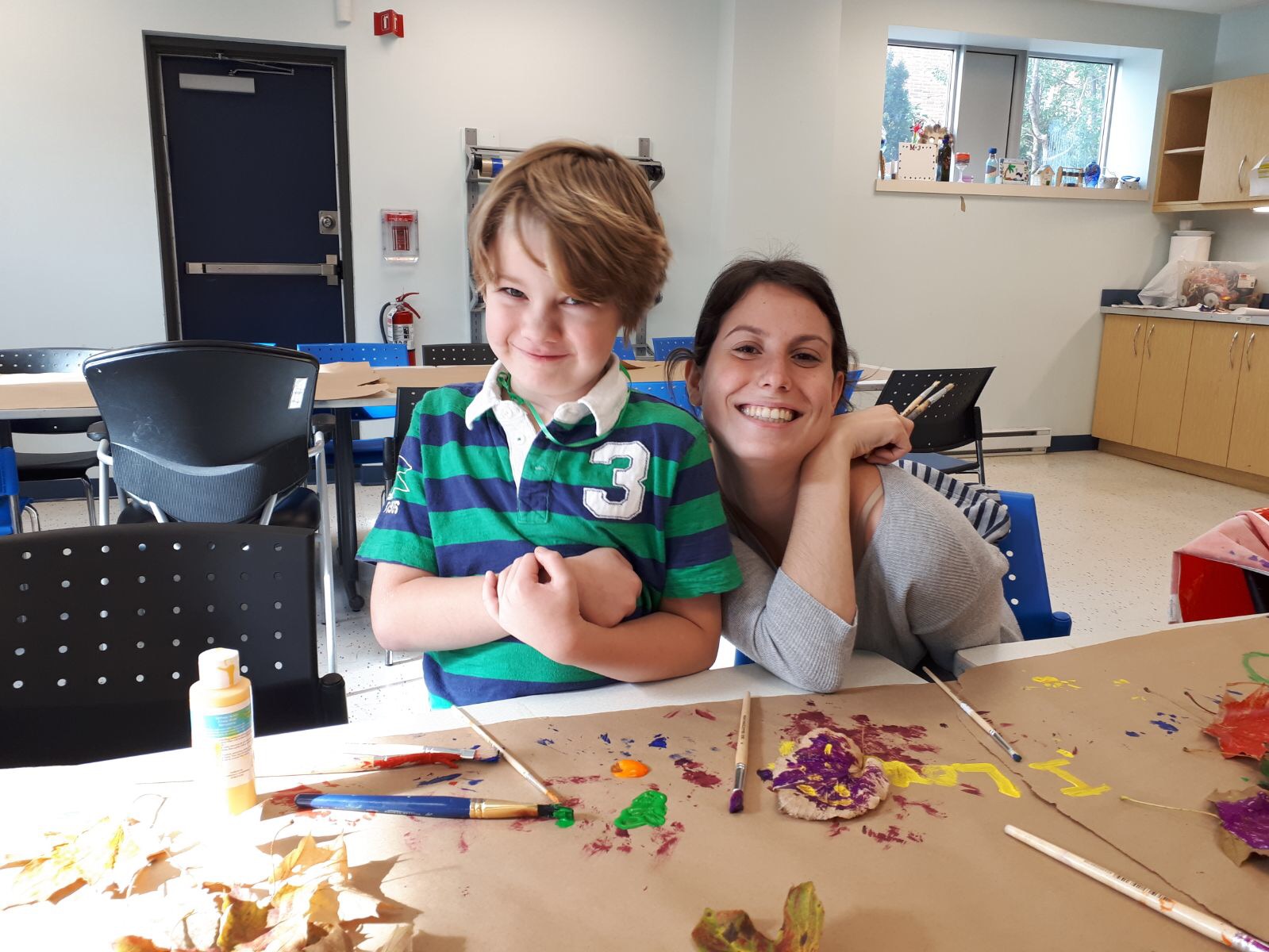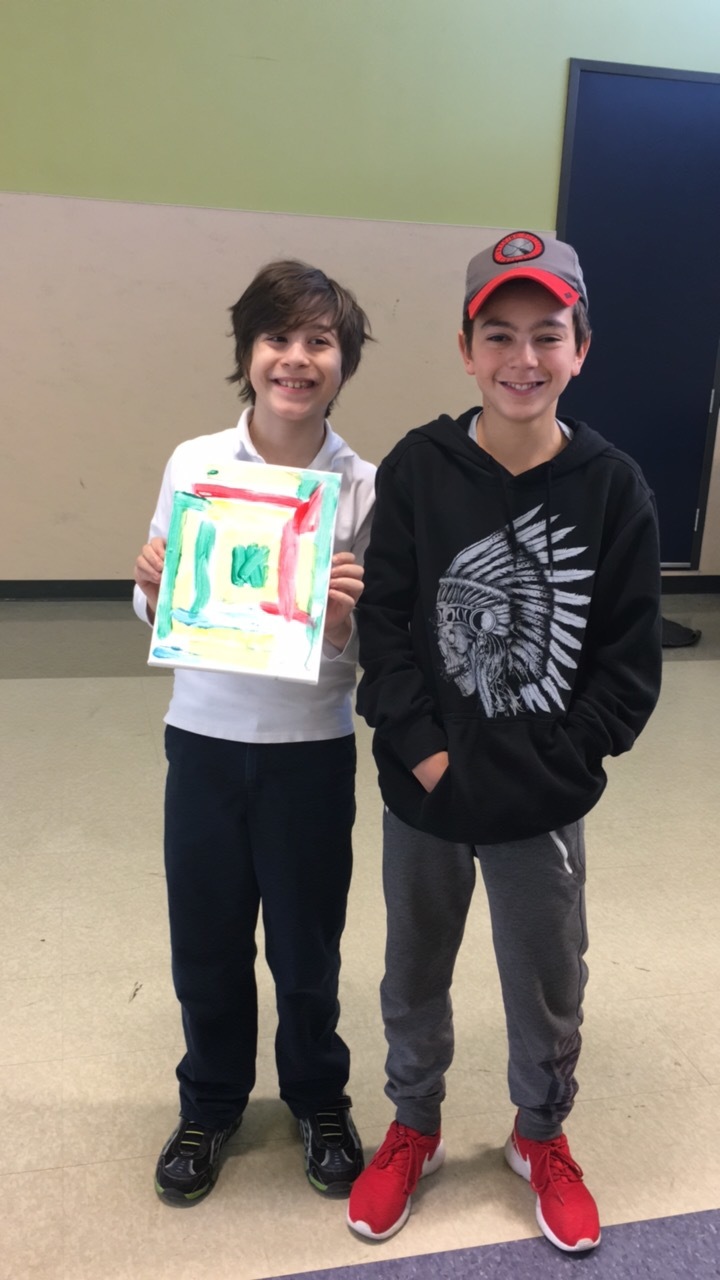The bond between mother and child cannot be fully understood until it is felt. It is a bond of overwhelming compassion, of the most nurturing love and the greatest support a child could ever receive. Becoming a mom is the hardest job on earth. It is a life changing experience that doesn’t come with any training manuals or ‘How To’ books. Every child is different, every situation unique and mom’s have to become household CEOs, referees, medicine specialists, best friends and the roles go on and on, all without ever taking a day off or calling in sick.
Today is a day we celebrate our mothers, all mothers and reflect on the impact their nurturing love and overwhelming compassion has made on our lives.
We have asked moms of special needs kids for some love and advice to share with us. Here is what these wonderful women had to say!
What is the most rewarding aspect of being a mom to a child with special needs?
“I realized so early that my daughter was not going to be me. That my experience of being the smart kid in the class, was not going to be hers. I didn't know before she was born that what I wanted for my child was to live life without making my mistakes - I think that most parents do this and struggle with letting their kids be themselves, and recognizing them as individuals. My daughter was an individual from the get-go. Not only was she not me - she was not any of the kids in the childcare books. It's allowed me to support her in being her more easily and earlier than I think I would have otherwise”.
- Jennifer Gann, daughter Hollis, age 12
“Appreciating every moment. My daughter wakes up and greets every day with a smile... she is a free spirit, a pure soul”
- Louise Roy, daughter Brittany, age 17
“How much they humble you”
- Joan Gottman, son Alex, age 17
“...the rewarding aspect of being a mom to a child with special needs is that I can help others with their awareness.”
- Ericka Tencer, daughter Atara, age 21
What advice would you give a new mom of a child with special needs?
“Don't stop believing. Don't be afraid to break down barriers. Don't be afraid to open doors. Just go for it no matter what”
- Louise Roy, daughter Brittany, age 17
“For any new mom, be flexible, for the new mom of a special kid - follow your kid. Parenting is often about pushing your child to the edge of their capability without tumbling over. You want to challenge but not frustrate them. Our daughter has over and over again shown us what she's ready to learn at different stages. We don't feel the need to push on something she should know, or we'd like her to know. We're ready when she's ready.”
- Jennifer Gann, daughter Hollis, age 12
“Be proud and follow your heart”
- Liliane Ouaknine, son Max, age 44
“To take a picture of each doctor or volunteer that works with their child with name, title, dates. Keep one log with medical, and other issues pertaining to their child, so everything is in one book/folder/binder and not in various folders.”
- Nechama Dahan, daughter Bracha
“Bring them home, love them, hug them, kiss them, get to know them. Don't be attached to any expectations of what you know, be attached to the journey that truly is a unique experience for you and your family. Know that you will be okay. Know that there is a whole world of support that you may not even know existed. Know that your child will bring you wisdom and joy. And again, know you will be okay.”
- Joan Gottman, son Alex, age 17
“Try your hardest to shed your expectations. The words of others may distract you.”
- Ericka Tencer, daughter Atara, age 21
What have you learned about yourself, since becoming a mother?
“That I could juggle more balls than I ever imagined possible and keep them all from dropping, rolling away and being lost forever.”
- Joan Gottman, son Alex, age 17
“Hah! Prior to motherhood neither I nor anyone who knows me would have called me a patient person. I am now, and it extends (sometimes) beyond my daughter!”
- Jennifer Gann, daughter Hollis, age 12
“I think that it’s a privilege to have these two precious children. No, I will not deny it. It’s really not easy, but my kids teach me such valuable lessons. My older son teaches me about love for Judaism. My second son teaches me resilience and how to adapt to any situation in a positive way. They both teach me many more important lessons like patience and responsibility to name a few.”
- RR, sons Dovid, age 10 and Yosef Shalom, age 5
“I am stronger than I thought ”
- Liliane Ouaknine, son Max, age 44
“Being a mother is not easy but worth every smile and hug you get from the one or ones who gave you that title!”
- Florence Fried, son Morgan, age 21
What gifts has your special needs child brought into your life?
“My child faces the world with joy and wonder. He is empathetic to all people, regardless of ability, class, age, race, attitude etc. He enjoys and will participate in anything. He is never attached to the result of “success” but rather always enjoys the ride”
- Joan Gottman, son Alex, age 17
“She helped give me awareness and capability.”
- Ericka Tencer, daughter Atara, age 21
“Patience. The understanding that life is fragile and precious and should not be taken for granted. Difference – we are all different and that is good.”- Florence Fried, son Morgan, age 21
“Acceptance. Tolerance. Understanding”
- Louise Roy, daughter Brittany, age 17
How will you be celebrating this Mother's Day?
“...I do know that somebody else in my home will make the coffee that morning”
- Joan Gottman, son Alex, age 17
“Don't know - it's a surprise. My daughter is a real conservative about holiday celebrations, so i suspect it will involve flowers and breakfast in bed.” - Jennifer Gann, daughter Hollis, age 12
“with my mother with all her children, grandchildren and great grandchildren”
- Liliane Ouaknine, son Max, age 44
-Friendship Circle wishes all our moms, a very Happy Mother’s Day-
By: Nina Sloma, Media Intern at Friendship Circle
































